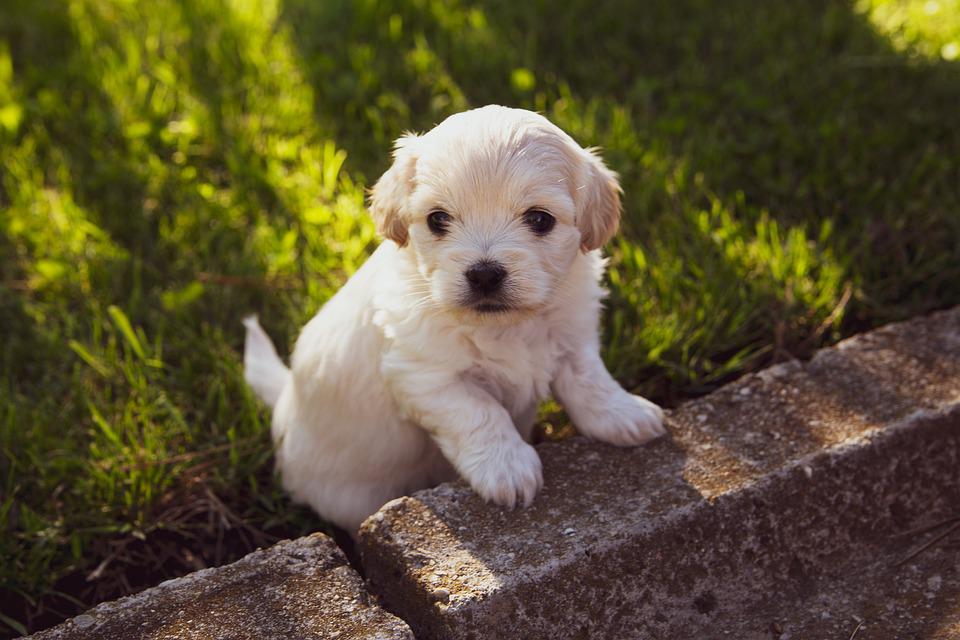Bringing home a new puppy is an exciting milestone filled with cuddles, playtime, and lots of tail wags. But it’s also a time to prepare your home for your curious, energetic, and teething new family member. Puppies explore the world with their mouths and paws, so ensuring a safe and secure environment is essential. Here’s a guide to puppy-proofing your home in five simple steps.
- Secure Hazardous Items
Puppies are naturally inquisitive and love to investigate anything within reach. Start by eliminating potential dangers:
Store Toxic Items Out of Reach: Common household products like cleaning supplies, medications, and even foods like chocolate or grapes can be toxic to dogs. Keep them locked away or stored in high cabinets.
Hide Electrical Cords: Chewing on cords can lead to electrical shocks. Use cord covers, keep cords off the floor, or block access to areas with exposed wiring.
Safeguard Trash Bins: Use pet-proof garbage cans to prevent your puppy from rummaging through and ingesting harmful substances or choking hazards.
- Create a Safe Space
Designating a specific area for your puppy helps limit their exploration while giving them a sense of security.
Use a Crate or Playpen: A crate provides a safe, cozy spot for your puppy when you’re not able to supervise. A playpen allows them to play safely without free rein of the house.
Remove Small Objects: In their area, eliminate small items like coins, buttons, or toys that could be swallowed.
Set Up Comfortable Bedding: Add soft bedding, toys, and water to make their space inviting and relaxing.
- Protect Your Furniture and Belongings
Teething puppies will chew on almost anything, so safeguarding your furniture and personal items is crucial.
Keep Shoes and Bags Away: Store these in closets or off the floor, as they can be tempting targets for chewing.
Use Furniture Protectors: Covers, sprays, or protective barriers can deter chewing or scratching on furniture.
Provide Chew Toys: Offer appropriate chew toys to satisfy their teething needs and distract them from inappropriate items.
- Make Outdoor Areas Puppy-Safe
If your puppy will have access to outdoor spaces, ensure they’re as secure as the inside of your home.
Check Fencing: Ensure fences are secure with no gaps or areas where your puppy could escape or get stuck.
Remove Toxic Plants: Some plants, like azaleas, lilies, or oleanders, are toxic to dogs. Research and remove any that could pose a risk.
Secure Pools and Ponds: Puppies can easily fall into water features, so consider fencing these areas or providing covers.
- Plan for Supervision and Training
No amount of puppy-proofing can replace good supervision and consistent training. These strategies will help:
Puppy Gates: Use gates to block access to certain rooms or areas of the house.
Close Supervision: Keep an eye on your puppy whenever they’re exploring to correct behavior or remove hazards quickly.
Begin Training Early: Teach basic commands like “leave it” and “drop it” to help your puppy learn boundaries and stay safe.
Bonus Tips for a Happy and Safe Transition
Vet Check-Up: Schedule a veterinary appointment to ensure your puppy is healthy and up-to-date on vaccinations.
Puppy Essentials: Stock up on items like food, bowls, a leash, collar, and ID tag.
Puppy Insurance: Consider pet insurance to help with unexpected veterinary costs.
Conclusion
Puppy-proofing your home isn’t just about preventing accidents—it’s about creating a safe, welcoming environment where your furry friend can thrive. By following these steps, you’ll set the stage for a smooth transition and plenty of joyful moments with your new companion. Prepare now, and you’ll spend less time worrying and more time enjoying the unconditional love only a puppy can bring.

